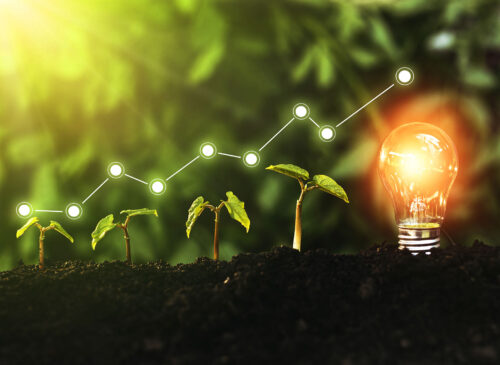
Report | 2023
Prospects for China’s Next-Generation Clean Low-Carbon Technologies
The COP27 conference concluded with a significant “Loss and Damage” fund agreement, emphasizing cooperation between nations and the importance of technology and investment for zero-carbon transitions. Global clean energy investment has grown, as highlighted by the IEA’s 2022 report, and China leads in clean energy technology, having made the largest investment in 2021. Despite progress in renewable energy and electric vehicles, significant investment in emerging technologies like energy storage and hydrogen is needed for its carbon neutrality goal, requiring an estimated 100 trillion Yuan.
RMI has conducted a series of China Low-Carbon and Clean Technologies Outlook studies, aimed at systematically reviewing the clean-energy and low-carbon technologies needed in China’s future zero-carbon transition. The goal is to provide stakeholders — including policymakers, businesses, and investors — with suggestions on the direction and optimization of technology development.
Our studies identify key clean energy and low-carbon technologies essential for China’s zero-carbon future, analyzing 50 promising technologies across various sectors for their development potential and emissions reduction impact. This report contains the first four insight briefs of the China Low-Carbon and Clean Technologies Outlook series. We provide recommendations for accelerating the development and application of four low-carbon technologies — power batteries, heat pumps, iron ore electrolysis, and flow battery energy storage. More insight briefs on further topics will be released soon.